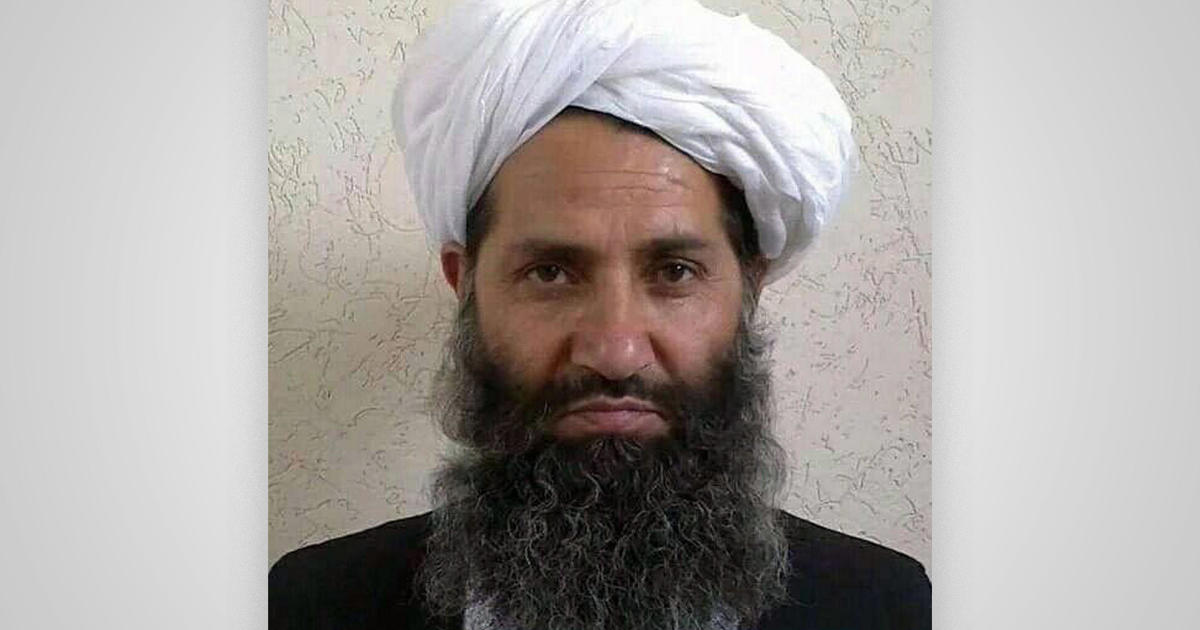In the border region with Pakistan, a multitude of Afghans find themselves in a line, patiently waiting for their passports to be stamped. Their primary goal? To leave Afghanistan and never look back. The scene is chaotic, as these weary travelers are squeezed between two fences. It’s not uncommon to witness individuals passing out due to the heat, with wait times ranging from three hours to an entire day during peak periods. The only respite from the scorching weather comes from young children, as young as five years old, who eagerly sell bottled water to those in need. They scurry up and down the fence, shouting prices to the thirsty travelers.
On the other side of this tumultuous crossing, Yousafkhel Jabar Khan, a 45-year-old former contractor, breathes a sigh of relief. He expresses his happiness, likening it to a feeling of being rescued from prison. Khan intends to seek asylum through an embassy, hopeful that he can avoid ever encountering the faces of the Taliban again.
Khan’s story resonates with countless others who desire to leave behind the reign of the Taliban in Afghanistan. Two years have passed since the Taliban regained control, placing the country in the hands of Hibatullah Akhundzada, known as the powerful “Commander of the Faithful.” However, despite the significance of his role, Hibatullah remains predominantly anonymous. Since the Taliban’s proclaimed victory after the United States’ withdrawal, their leader has yet to make a public appearance. Even within the Taliban ranks, it proves extremely challenging to secure an on-the-record conversation with any official regarding their enigmatic supreme leader.
Behind closed doors, secretive meetings are conducted to connect with Hibatullah. A deputy minister within the Taliban government describes having to journey over 300 miles to the ancient city of Kandahar to meet with their leader. Upon arrival, he waits for approximately three days before receiving confirmation of the meeting. In a covert-like setting, he is transported to two separate locations, surrendering his belongings before finally being granted an audience with Hibatullah. The deputy minister reveals the leader’s modest demeanor, choosing to sit on the floor despite couches being available. He is described as humble yet impressive, displaying an extensive knowledge of Islamic law and its jurisdiction.
Another high-ranking Taliban member relates how Hibatullah governs the country like a ghost from their capital. This individual shares similar encounters with secrecy and heightened security measures before meeting with the elusive leader. Passwords must be memorized for identity verification before transportation to the meeting location. The reason for Hibatullah’s reclusive nature stems from the looming threat of US drone strikes and the presence of the ISKP, an Islamic State affiliate group operating within Afghanistan. Consequently, everyone within his inner circle is under constant surveillance, and smartphones are prohibited.
However, from the shadows, Hibatullah exercises authoritative control. Since assuming power, he has enforced bans on girls and women attending high school or university, as well as prohibiting them from parks, gyms, and public baths. Women are required to cover themselves when venturing outside their homes. These restrictions on education began during Hibatullah’s early adulthood, as he perceived modern-day schooling as a catalyst for moral decay and evil.
Asmat Qani, an Afghan political analyst, recollects his encounter with Hibatullah during the leader’s early years as a judge. Qani remarks that Hibatullah lives in his own world, deviating from the majority of the Taliban who express support for women’s education. Qani believes that Hibatullah is solely responsible for the ban on girls attending schools and universities. This violent and narrow-minded interpretation of Islam has transformed Afghanistan into a living nightmare for women, according to a former Taliban minister. The same source holds the supreme leader accountable for the international sanctions imposed on Afghanistan.
Mullah Basir, a former classmate of Hibatullah, perceives him as a stern hardliner and extreme conservative. Nonetheless, Basir describes Hibatullah as a kind, devout, and intelligent individual. After the death of the preceding Taliban leader, Hibatullah was discreetly taken away, never to be seen again.
Hibatullah’s appointment as the supreme leader was an attempt to stabilize leadership issues within the Taliban. Among Taliban seniors, he was regarded as a neutral and respected figure. As Qani explains, Hibatullah has gradually recognized his role as the ultimate authority, positioned at the pinnacle of the group’s hierarchy. He possesses the power to do as he pleases.
Presently, Hibatullah surrounds himself with approximately 2,500 suicide bombers who are prepared to sacrifice themselves for his safety. These individuals reside in a camp previously utilized by Taliban founder Mullah Omar and later repurposed as a CIA compound in Kandahar. Guards of the Supreme Leader’s Corps, one of its members highlighted, receive a monthly salary of $170 but are not allowed smartphones, television, or access to social media.
In a rare public message in June, Hibatullah asserted that his measures concerning women’s rights in Afghanistan had provided a “comfortable and prosperous life according to Islamic Sharia.” This statement reflects the harsh reality faced by Afghan women under his rule.
Denial of responsibility! VigourTimes is an automatic aggregator of Global media. In each content, the hyperlink to the primary source is specified. All trademarks belong to their rightful owners, and all materials to their authors. For any complaint, please reach us at – [email protected]. We will take necessary action within 24 hours.


